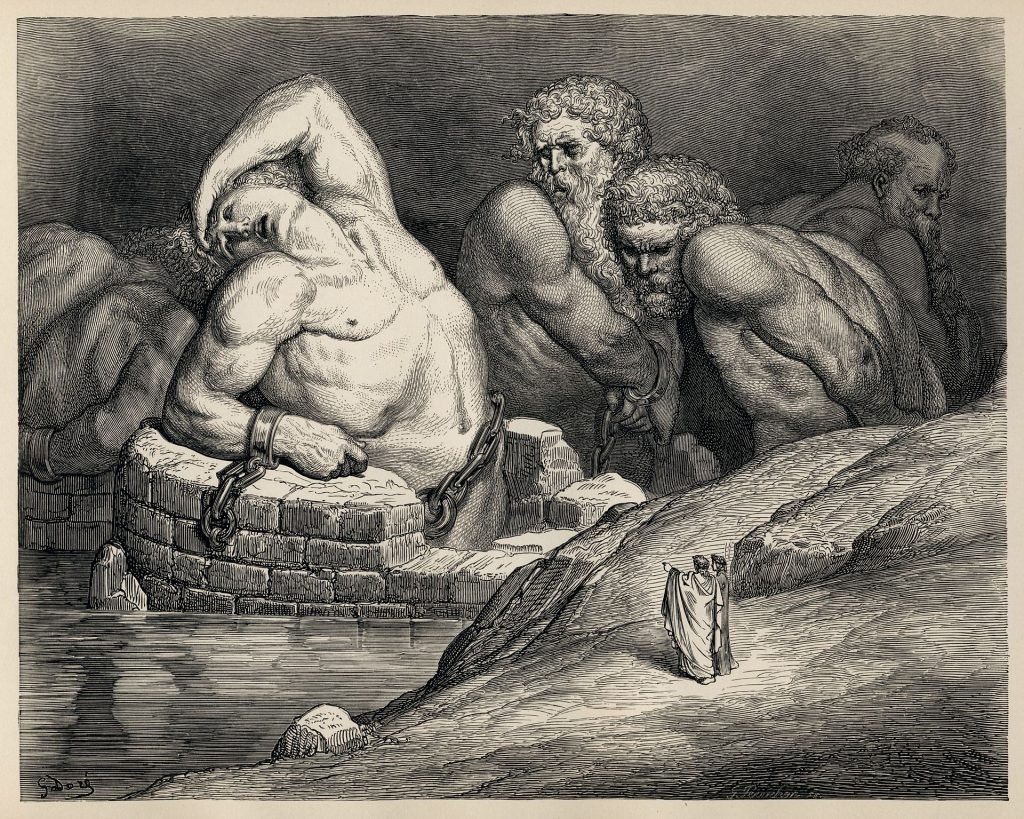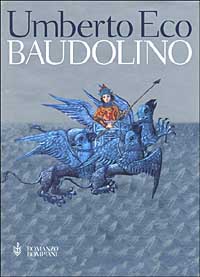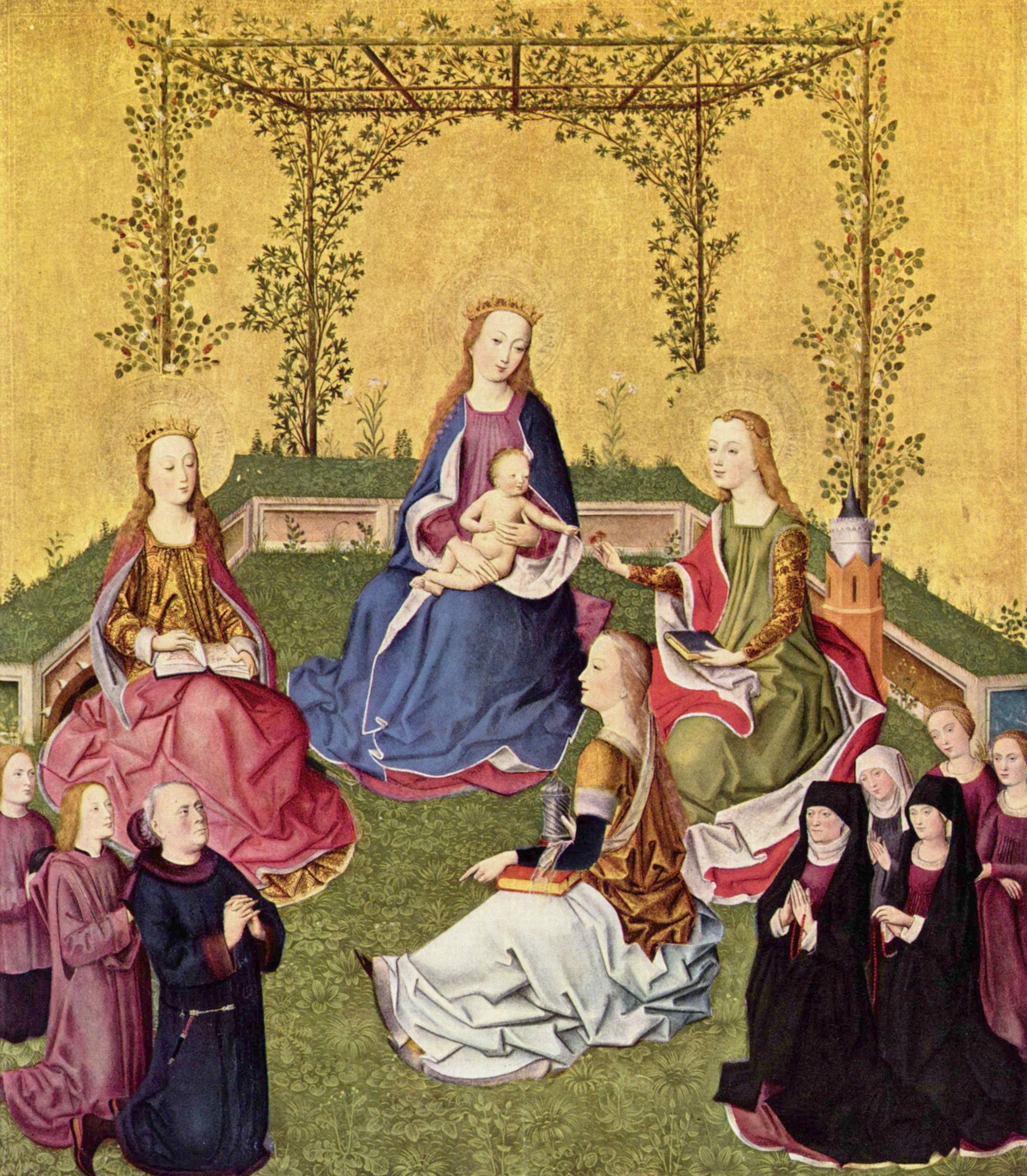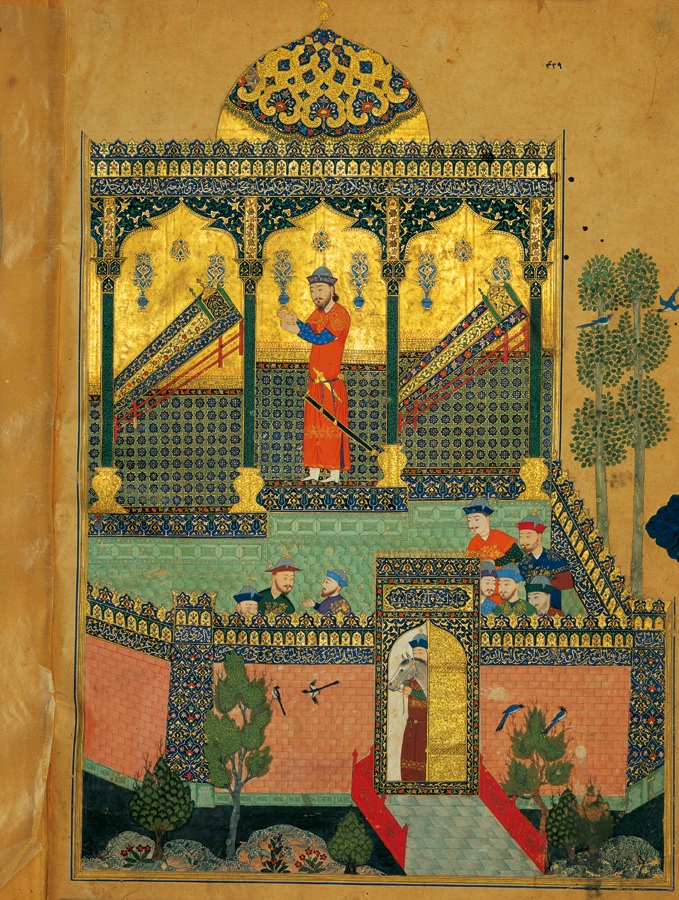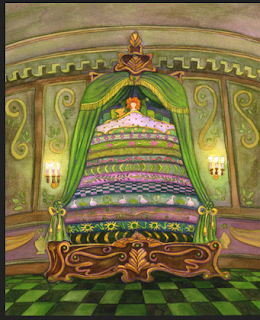https://en.wikipedia.org/wiki/Baudolino
???
Paul and Gnosticism
https://en.wikipedia.org/wiki/Gnosticism#Paul_and_Gnosticism
Tertullian calls Paul "the apostle of the heretics",
because Paul's writings were attractive to gnostics, and interpreted in
a gnostic way, while Jewish Christians found him to stray from the
Jewish roots of Christianity. In I Corinthians Paul refers to some church members as "having knowledge" (Greek:
τὸν ἔχοντα γνῶσιν,
ton echonta gnosin). James Dunn claims that in some cases, Paul affirmed views that were closer to gnosticism than to proto-orthodox Christianity.
According to Clement of Alexandria, the disciples of Valentinus said that Valentinus was a student of a certain Theudas, who was a student of Paul,
and Elaine Pagels notes that Paul's epistles were interpreted by
Valentinus in a gnostic way, and Paul could be considered a proto-gnostic as well as a proto-Catholic. Many Nag Hammadi texts, including, for example, the
Prayer of Paul and the Coptic
Apocalypse of Paul, consider Paul to be "the great apostle". The fact that he claimed to have received his gospel directly by revelation from God appealed to the gnostics, who claimed
gnosis from the risen Christ. The Naassenes, Cainites, and Valentinians referred to Paul's epistles. Timothy Freke and Peter Gandy have expanded upon this idea of Paul as a gnostic teacher;
although their premise that Jesus was invented by early Christians
based on an alleged Greco-Roman mystery cult has been dismissed by
scholars. However, his revelation was different from the gnostic revelations.
Simon Magus,
also known as Simon the Sorcerer and Simon the Magician, came from the
village of Gitta (also spelled Getta) in Samaria, according to Justin Martyr;
[12] a site settled by the tribe of Dan according to Josephus.
[
Justin, who was himself a 2nd-century native of Samaria, wrote that
nearly all the Samaritans in his time were adherents of Simon. Surviving
orthodox texts, such as those of Irenaeus, Justin Martyr, Hippolytus, and Epiphanius, regarded Simon as the source of all heresies, including Gnosticism.
Ethiopian Jews, also known as Beta Israel, claim descent from the Tribe of Dan, whose members migrated south along with members of the tribes of Gad, Asher, and Naphtali, into the Kingdom of Kush, now Ethiopia and Sudan, during the destruction of the First Temple.
Their primary trade characteristic was seafaring, unusual for the Israelite tribes. In the Song of Deborah the tribe is said to have stayed on their ships with their belongings
**honkhonk**
In the Biblical census of the Book of Numbers, the tribe of Dan is portrayed as the second largest Israelite tribe (after Judah) Some textual scholars regard the census as being from the Priestly Source, dating it to around the 7th century BC, and more likely to reflect the biases of its authors. In the
Blessing of Moses, which some textual scholars regard as dating from only slightly earlier than the deuteronomist,Dan is prophesied to "leap from Bashan"; scholars are uncertain why this should be since the tribe did not live in the Bashan plain, east of the Jordan River.
https://en.wikipedia.org/wiki/Simon_Magus
Simon Magus (Greek Σίμων ὁ μάγος, Latin: Simon Magus), also known as
Simon the Sorcerer or
Simon the Magician, was a religious figure whose confrontation with Peter is recorded in Acts 8:9–24. The act of simony, or paying for position and influence in the church, is named after Simon.
According to Acts, Simon was a Samaritan magus or religious figure of the 1st century AD and a convert to Christianity, baptised by Philip the Evangelist. Simon later clashed with Peter. Accounts of Simon by writers of the second century exist, but are not considered verifiable.Surviving traditions about Simon appear in orthodox texts, such as those of Irenaeus, Justin Martyr, Hippolytus, and Epiphanius, where he is often described as the founder of Gnosticism, which has been accepted by some modern scholars, while others reject that he was a Gnostic, just designated as one by the Church Fathers.
Justin,
who was himself a 2nd-century native of Samaria, wrote that nearly all
the Samaritans in his time were adherents of a certain Simon of Gitta, a
village not far from Flavia Neapolis. According to Josephus, Gitta (also spelled Getta)
[was settled by the
tribe of Dan.
[ Irenaeus held him as being the founder of the sect of the Simonians. Hippolytus quotes from a work he attributes to Simon or his followers the Simonians,
Apophasis Megale, or
Great Declaration. According to the early church heresiologists, Simon is also supposed to have written several lost treatises, two of which bear the titles
The Four Quarters of the World and
The Sermons of the Refuter.
In apocryphal works including the
Acts of Peter, Pseudo-Clementines, and the
Epistle of the Apostles, Simon also appears as a formidable sorcerer with the ability to levitate and fly at will. He is sometimes referred to as "the Bad Samaritan" due to his malevolent character. The
Apostolic Constitutions also accuses him of "lawlessness" (antinomianism)
https://en.wikipedia.org/wiki/Simon_the_Zealot
Simon the Zealot (Acts 1:13,
Luke 6:15) or
Simon the Canaanite or
Simon the Cananaean (
Matthew 10:4,
Mark 3:18; Greek:
Σίμων ὁ Κανανίτης; Coptic:
ⲥⲓⲙⲱⲛ ⲡⲓ-ⲕⲁⲛⲁⲛⲉⲟⲥ; Classical Syriac:
ܫܡܥܘܢ ܩܢܢܝܐ) was one of the most obscure among the apostles of Jesus. A few pseudepigraphical writings were connected to him, but Saint Jerome does not include him in
De viris illustribus written between 392–393 AD
https://en.wikipedia.org/wiki/Zealots
The
Zealots were a political movement in 1st-century Second Temple Judaism, which sought to incite the people of Judea Province to rebel against the Roman Empire and expel it from the Holy Land by force of arms, most notably during the First Jewish–Roman War (66–70). Zealotry was the term used by Josephus for a "fourth sect" or "fourth Jewish philosophy" during this period.
The term "zealot", the common translation of the Hebrew
kanai (
קנאי, frequently used in plural form,
קנאים,
kana'im), means one who is zealous on behalf of God. The term derives from Greek
ζηλωτής (
zelotes), "emulator, zealous admirer or follower"
Josephus'
Jewish Antiquities states that there were three main Jewish sects at this time, the Pharisees, the Sadducees, and the Essenes. The Zealots were a "fourth sect", founded by Judas of Galilee (also called Judas of Gamala) in the year 6 CE against Quirinius' tax reform, shortly after the Roman Empire declared what had most recently been the tetrarchy of Herod Archelaus to be a Roman province,
and that they "agree in all other things with the Pharisaic notions;
but they have an inviolable attachment to liberty, and say that God is
to be their only Ruler and Lord." (18.1.6)
In the Talmud, the Zealots are the non-religious (not following the religious leaders), and are also called the
Biryonim
(בריונים) meaning "boorish", "wild", or "ruffians", and are condemned
for their aggression, their unwillingness to compromise to save the
survivors of besieged Jerusalem, and their blind militarism
against the rabbis' opinion to seek treaties for peace. However,
according to one body of tradition, the rabbis initially supported the
revolt up until the Zealots initiated a civil war, at which point all
hope of resisting the Romans was deemed impossible. The Zealots are further blamed for having contributed to the demise of Jerusalem and the Second Temple, and of ensuring Rome's retributions and stranglehold on Judea. According to the Babylonian Talmud, Gittin:56b,
the Biryonim destroyed decades' worth of food and firewood in besieged
Jerusalem to force the Jews to fight the Romans out of desperation. This
event directly led to the escape of Johanan ben Zakai out of Jerusalem, who met Vespasian, a meeting which led to the foundation of the Academy of Jamnia which produced the Mishnah which led to the survival of rabbinical Judaism. The Zealots advocated violence against the Romans, their Jewish collaborators, and the Sadducees, by raiding for provisions and other activities to aid their cause.
Taking the Greek word
zelotes in Acts 22:3 and Galatians 1:14 of the New Testament to mean a 'Zealot' with capital Z (the earliest Greek manuscripts are uncials or all capital letters), an article by Mark R. Fairchild suggests that Paul the Apostle may have been a Zealot, which might have been the driving force behind his persecution of the Christians (see the stoning of Saint Stephen) before his conversion to Christianity, and the incident at Antioch, even after his conversion.
(See also: Paul the Apostle and Judaism)
The death of Simon Magus, from the Nuremberg Chronicle

